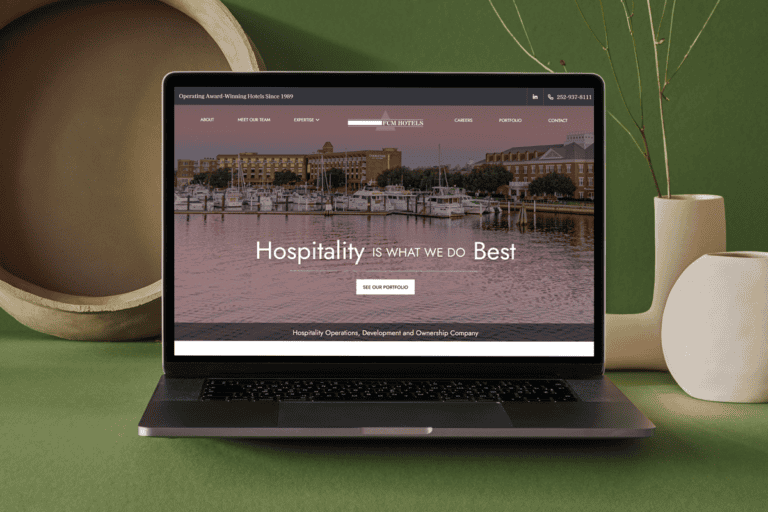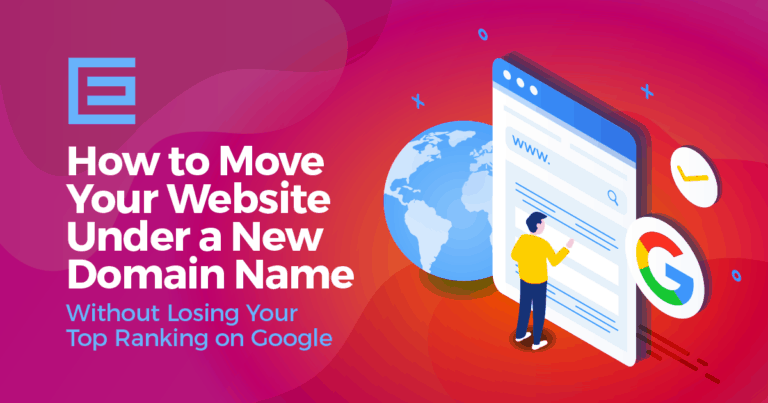Ecommerce Bundling Best Practices
When customers come to a store, be it virtual or physical, they are not just looking for the best product. They are also looking for your expertise and assistance to help them make the best possible decision with your money. There are many ways to do this: displays, product marketing, wording, and organization are some of the more common tactics used in brick and mortar stores. All of these tactics can also be used in the ecommerce world, but there is one other tactic that is uniquely powerful: bundling. Ecommerce bundling is a simple concept: you put multiple related products into a bundle that allows them to be purchased all at once. This bundle may also offer a discount in the form of an overall price reduction or a free item option, such as getting free toothpaste with the purchase of a toothbrush and floss. There are many different types of bundling for ecommerce websites, and each type fits bets with a unique form of ecommerce store.The Different Types of Ecommerce Bundling
Product Bundles
These are the most common type of bundles, both in the brick and mortar world and the Ecommerce world. They generally involve putting together multiple related products for a discounted, total-sum price. For example, if you are a dentist’s office, you could bundle two adult dental checkups and a child dental checkup for the price of the two adult checkups. Or if you were an online retailer, you could bundle products that customers often purchase together, similar to Amazon’s use of their “Frequently Bought Together” function. These bundles also offer an Ecommerce business a unique opportunity, as you can use the data you’ve gathered from customer purchasing habits to customize bundles for your ideal target markets and audiences.Force Sell Bundles
Force Sell Bundles are bundles in which purchasing one product will immediately add another to the cart. These are most often used when parts or labor must be considered as part of the sale. A common example would be the additional labor cost of installing a new car part at the mechanic or the additional parts cost of repairing a computer monitor or cell phone display. In both instances, the customer may have chosen only one item, in these cases the auto part or the monitor repair, but had the other items instantly added to their cart. One major caveat to utilizing these types of bundles is that it must be made very clear to the customer that they are Force Sell. Getting to the shopping cart of an ecommerce website or the bill payment at the mechanic expecting a much lower cost that you are getting inevitably leaves customers with a bitter taste in their mouth. Even more than any other bundle, Force Sell requires that you are up front and honest with your customers.Grouped Product Bundles
Grouped Product Bundles, while they are technically bundled product options, are more of a display choice than they are a pricing or ecommerce strategy. They are usually used when one “product” might entail the purchase of many separate smaller product parts, as might be the case with putting together a computer, camera, or bedroom. The main difference between Grouped Products and Product Bundles is that Product Bundles are generally offered with a discount off buying every product individually, while Grouped Products are merely meant to facilitate the easy purchase of multiple items that often go together.Chained Product Bundles
Chained Product Bundles are used when you wish to add an additional product to the main product purchase. These chained products will be automatically added to a customer’s cart for free at checkout. Usually, these products are products that are either necessary for the smooth operation of the main product, such as a user manual, or minor freebies like cell phone cases or bookmarks. The usual purpose of chained products is gifting customers small extras for a large main purchase.Mix and Match Bundles
Mix and Match Bundles are most common in brick and mortar stores but are also usable by ecommerce businesses. These are options in which a customer can choose a certain number of objects in a larger single package, such as a 6 pack of beer, a dozen donuts, or a case of wine. In terms of non-perishables, mix and match ecommerce bundles are ideal for things such as t-shirts, candles, and toiletries. Essentially, they should be used when you wish to offer your customers a large amount of variety and choice in their purchases and have a varied but similar stock of items that could be used.Composite Bundles
Finally, Composite Bundles are used when your customer will be assembling a single product out of multiple different options. This type of bundle is most useful for products like skateboards, cameras, computers, or arguably even cars. In the computer example given above, the customer could choose from a variety of options for motherboards, CPUs, GPUs, power supplies, RAM sticks, cases, and HDDs. Once they had chosen all the particulars they wanted, they could then buy the single item at one price, instead of having to make individual purchases. Many times, this sort of bundle will work very well with a Force Sell bundle for the construction of the item the customer just purchased.How Ecommerce Bundling Can Help Your Company
Studies have proven that choosing the correct Ecommerce bundling option for your company can significantly help your bottom line. However, the inverse of this is that using the wrong bundling strategy can damage your bottom line. Therefore, before you commit to ecommerce bundling on your website, contact us today to learn how our ecommerce experts could best serve your interests and company!Looking for an experienced web design agency that can create a professional looking website for you that is search engine friendly and easy to manage? Contact our award-winning web designers and internet marketing professionals in Raleigh, NC at 919-341-8901 or schedule a complimentary consultation and website review.
Tags: Ecommerce

